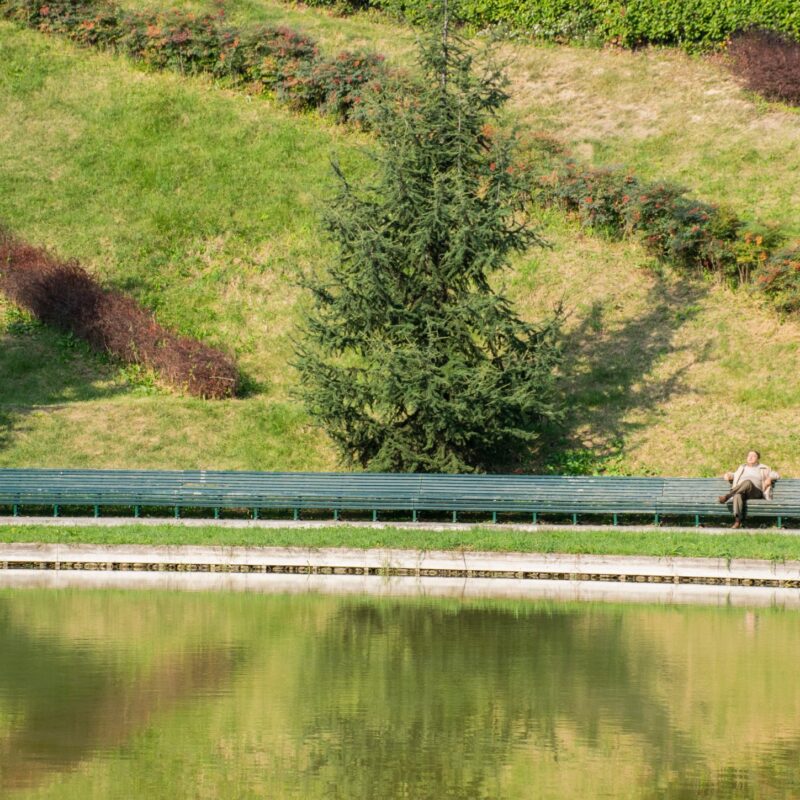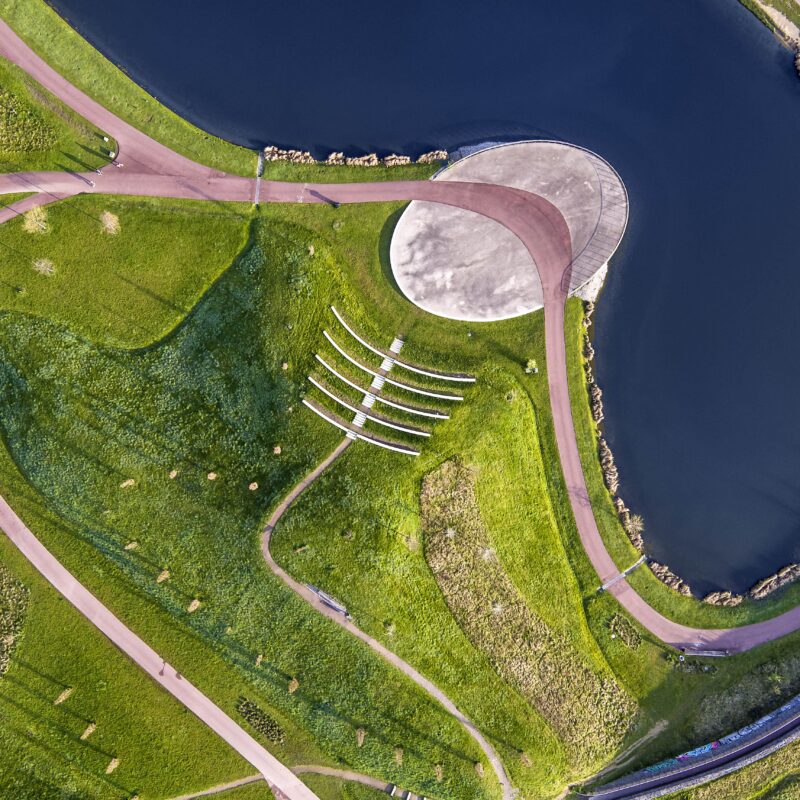
The Watchword
Landscape can be considered a reportable asset. It pays off for entrepreneurs to report the added value of their cultivated landscape in their internal accounts
By Marco Pazzaglia.
We’re living in a green decade. The words of the American economist Peter Drucker (1909-2005) were prescient: “There will be two types of CEOs: those who think globally and those who are unemployed.” Now we need to update the quote: “There will be two types of CEOs: those with globally integrated thinking and those who are unemployed.”
Integrated thinking has become a paradigm of modern business. All over the world, legislative, judicial and executive bodies are setting the course for sustainability. And a glance at the news proves that it goes well beyond the European Green Deal:
March 24, 2021, Great Britain launches a public consultation procedure that will require large companies to disclose climate change risks starting in 2022.
April 12, 2021, New Zealand is the first country to require banks, insurers and asset managers to report the effects of climate change on their business activities.
June 2, 2021, France becomes the first country in the world, starting with the 2021 reporting period, to require investors to set targets for greenhouse gas emissions and clear goals for protecting biodiversity, with objectives to be reviewed every five years until 2050.
August 18, 2021, the Swiss Federal Council sets benchmarks for future mandatory climate reporting by large Swiss companies.
May 26, 2021, a Dutch court hands down a groundbreaking ruling that orders a large corporation to drastically reduce greenhouse gas emissions.
May 27, 2021, an Australian court rules that the Australian minister of the environment is required to consider the damage caused by climate change when approving the expansion of a new coal mine.
The list goes on.
It should now be clear to even the last skeptical decision-makers at the nerve centers of companies and large corporations that we’re at the threshold of an epochal transformation that’s no longer shaped by dreamers, activists, and finger-pointing students, but by action and implementation. To be a successful entrepreneur, integrated thinking has become the watchword.
If Nature were to charge for the business world’s environmental footprint, what would the price tag be?
Valuation concepts like “carbon price” and “social cost of carbon” have emerged from the shadows of academic discourse and become a firm benchmark in the real economy. Using these metrics, a value can be determined, making the costs of climate change tangible in terms that economists can understand. In a CFO’s sober world of numbers, this is precisely what makes the difference – these metrics are the foundation of monetization.
Like the clothing company Patagonia, the sporting goods manufacturer Puma adopted the approach of Eckart Wintzen, one of the pioneers of Sustainable Finance & Accounting. A good ten years ago, Puma became one of the first companies in the world to publish an environmental profit and loss account (Puma‘s EP&L of December 31, 2010).
Puma had the courage to systematically report not only “internalized costs,” i.e. conventional calculations of profits and losses, but also “externalized costs.” This produced an environmental profit and loss account.
Landscape is an asset: The value of landscape is influenced by sociocultural, environmental, and even mundane economic factors. Using the above concepts, the substance and value of landscape can be monetized beyond the pure costs of cultivation, in terms of production cost (“internalized costs”). Mature technologies are now available that can reveal and document the added value of landscape (“externalized income”), and above all make it verifiable for third parties as well.
Plant Phenotyping – a science-based approach that combines genomics with plant ecophysiology and agronomy.
Landscape Information Modeling (LIM) – this software-based landscape modeling approach makes it possible to create informational material and graphs that focus on the positive aspects of landscape.
Data and insights gained from plant phenotyping combined with LIM can objectively not only document the landscape’s contribution to creating value, but also make it possible to simulate added value based on scenario analysis and the passage of time, and thus construct a sound basis for investment decisions.
Based on the above, landscape becomes a reportable asset.
It pays off for entrepreneurs to report the added value of their cultivated landscape in their accounts, at least the internal ones. Using these technologies, a landscape return on investment can be measured in a transparent and understandable way. In the context of carbon pricing, cap-and-trade, and social cost of carbon, landscape generates income and thus contributes to value. So, using the example of “landscape,” the sustainability meta-level can be integrated into the entrepreneurial mindset in a very concrete and measurable way.
Read other Articles from this Edition






